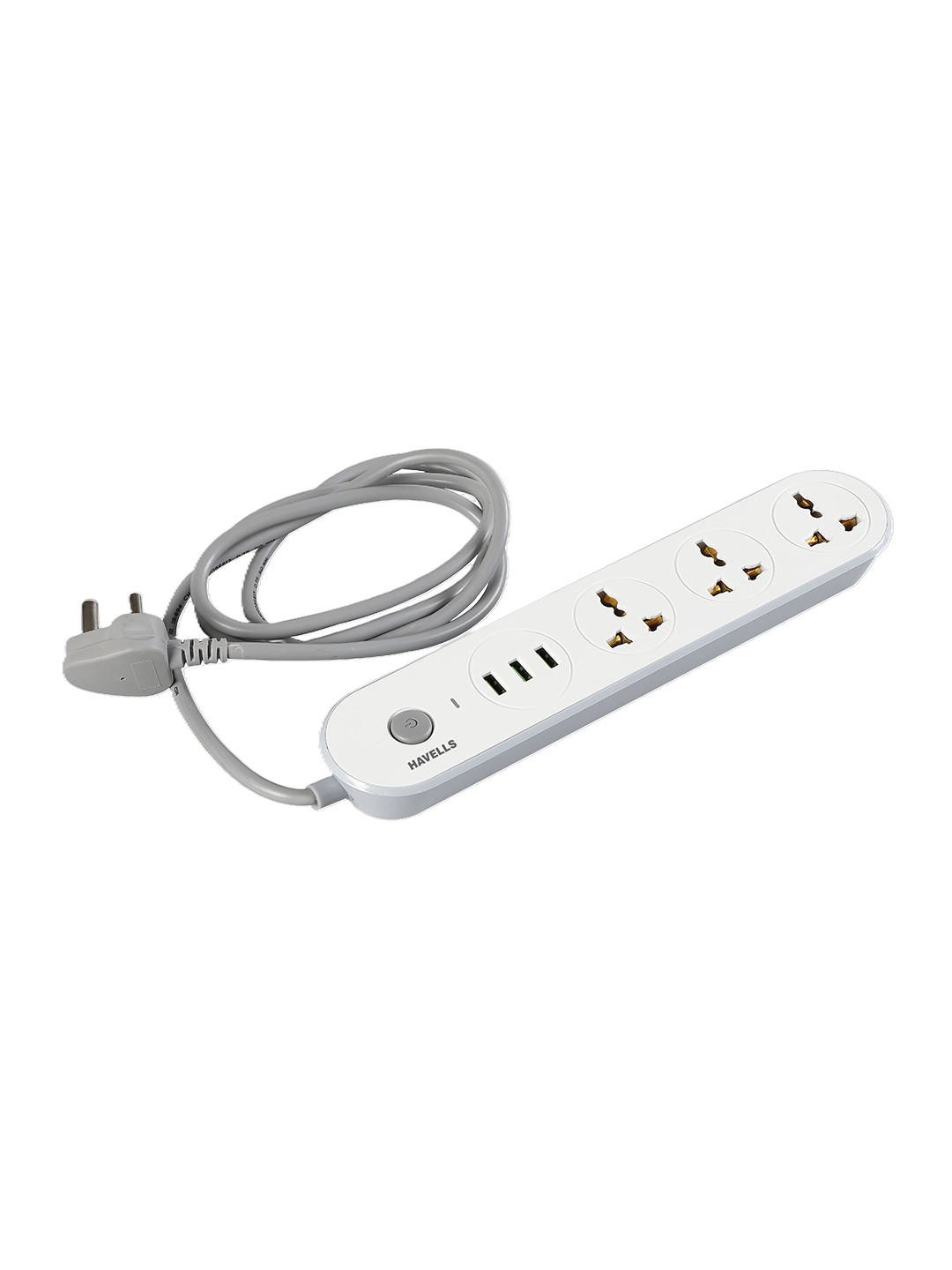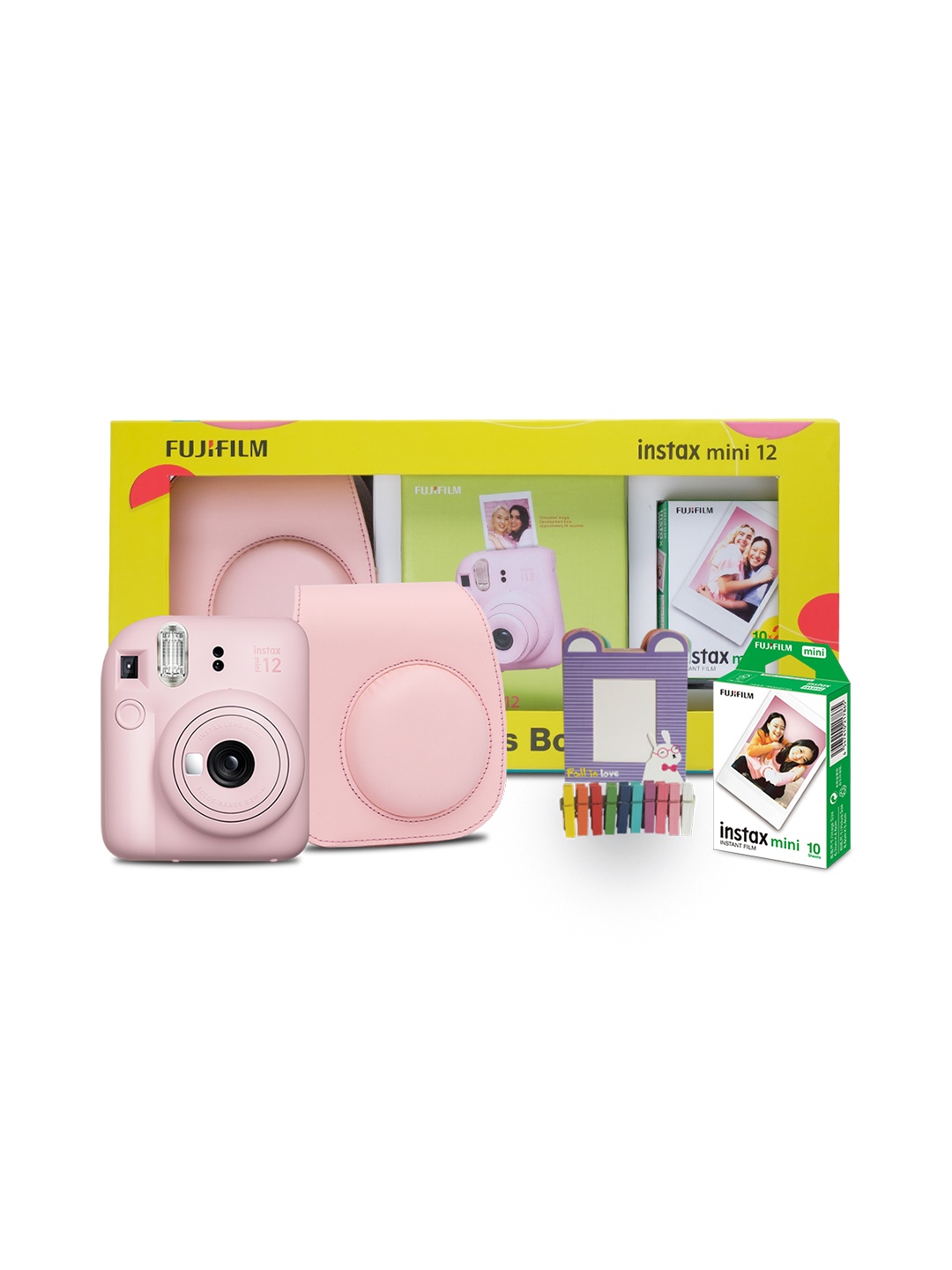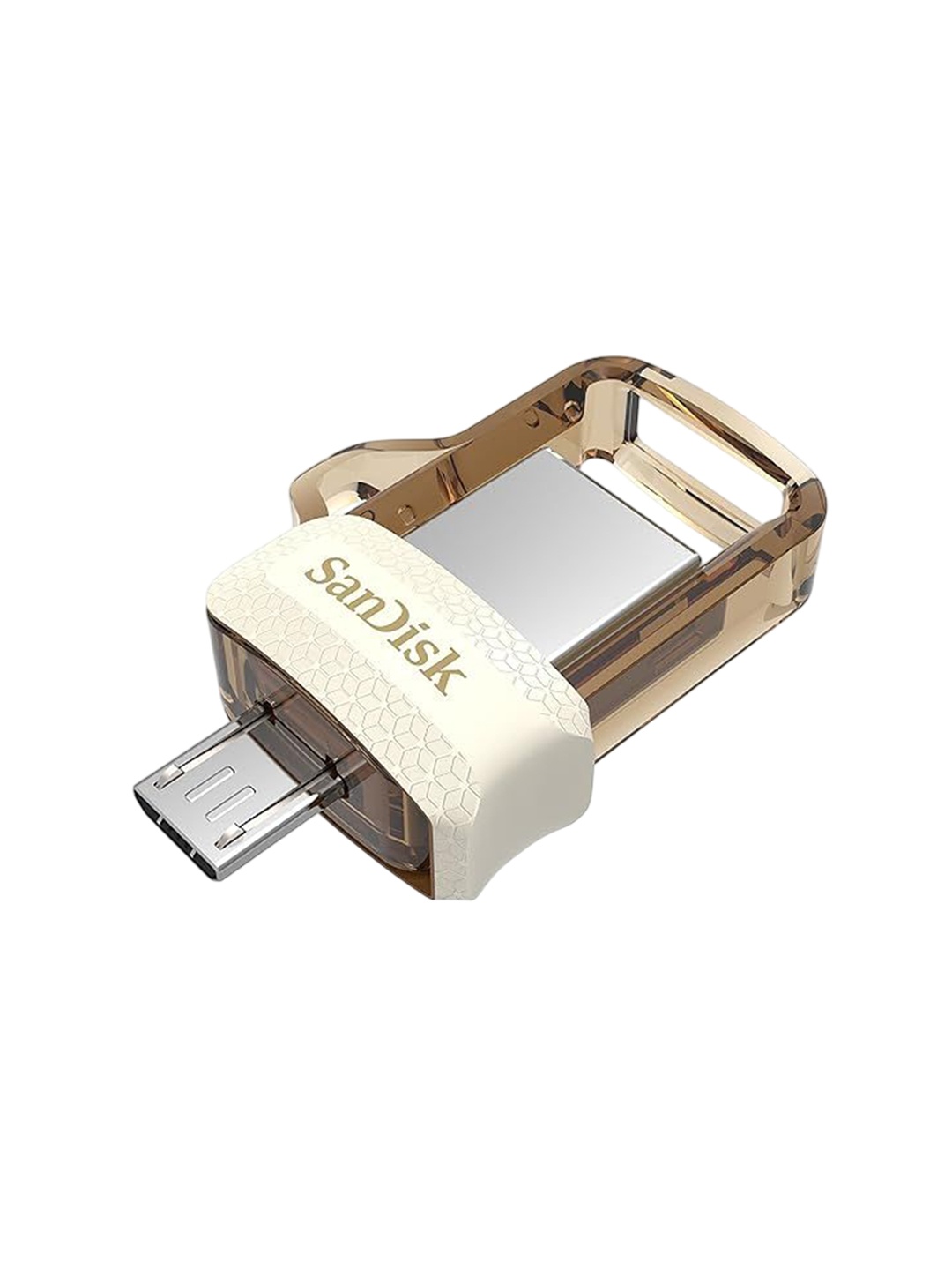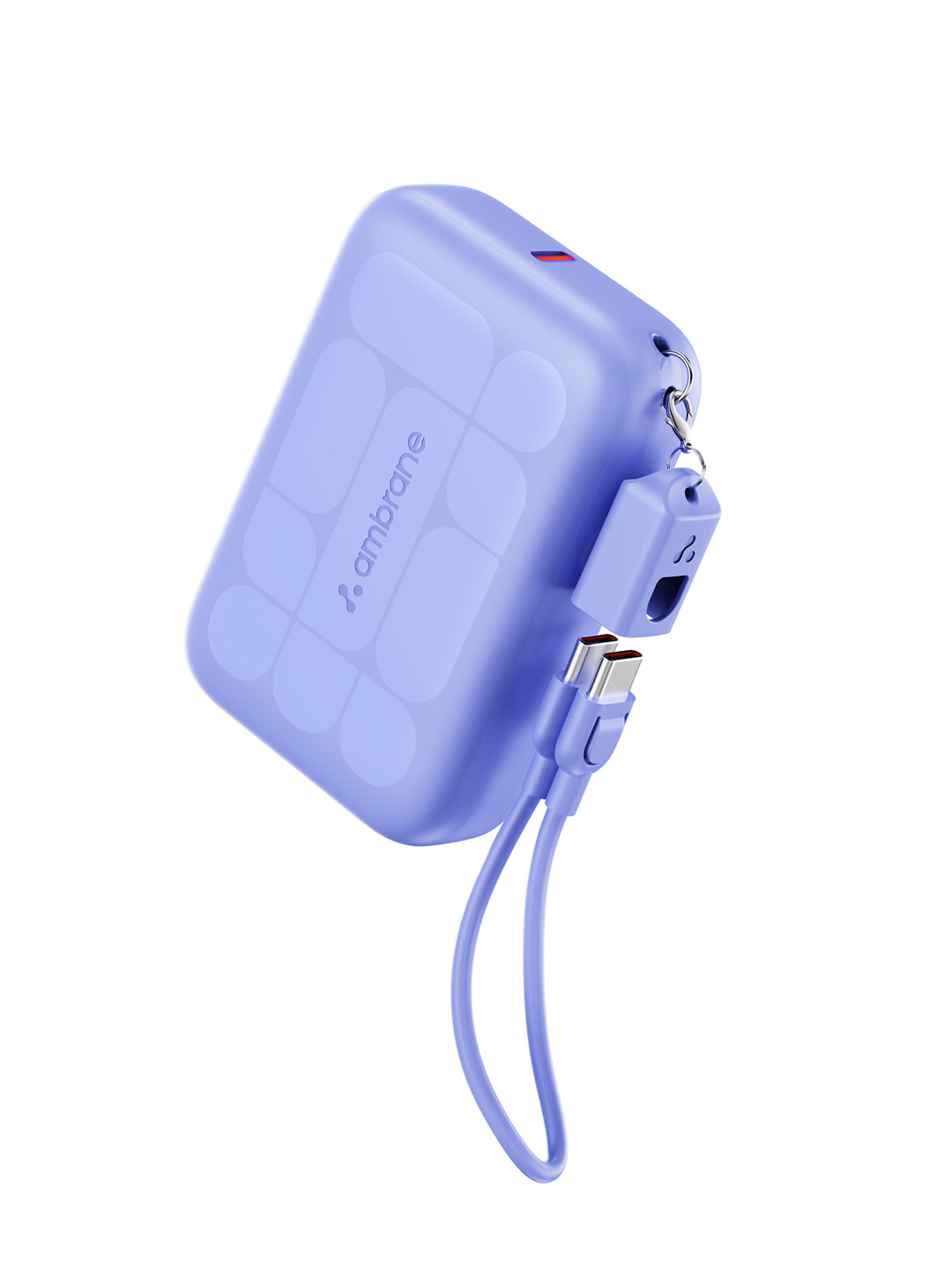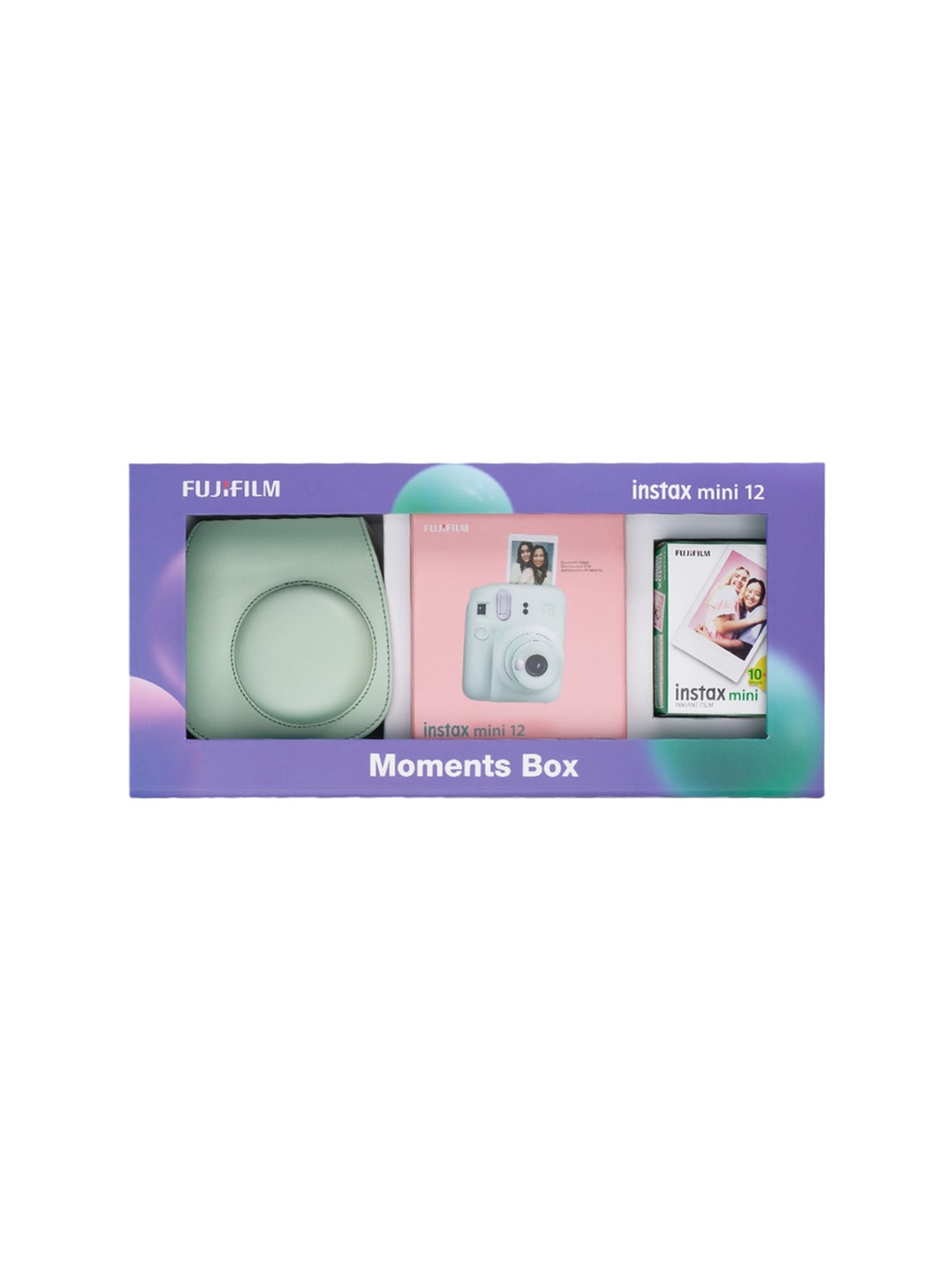How To Choose The Best Webcam For Low Light: Complete Guide For Crisp, Bright Videos
Struggling to look clear and confident on video calls after sunset? Choosing the right webcam for low light can turn dim, grainy frames into crisp, flattering visuals. This is everything you need to know before spending on your webcam upgrade. Here we list a few from Lenovo,Logitech toBigPassport.

How To Choose The Best Webcam For Low Light And Check Top Picks From Lenovo ToLogitech.
Few things are more frustrating than joining an important meeting or a virtual class only to find your face hiding in the shadows, blurred like a half-forgotten dream. Whether you're connecting with colleagues, recording a vlog, or attending online classes, lighting can make or break your video presence. Unfortunately, most of our homes aren't equipped with studio lights, and that's where a good webcam designed for low-light performance steps in.
Choosing one, however, isn't as easy as scrolling through a few options online. There's jargon everywhere, “aperture,” “HDR,” “CMOS,” and “noise reduction.” Add a tempting range of prices, from under ₹1,000 to above ₹20,000, and suddenly the decision feels like a mini engineering exam.
But worry not. This guide will cut through the clutter and help you choose the best webcam for low light, blending a dash of tech sense with real-world wisdom. Check the top picks too, from Lenovo, Logitech to BigPassport. Let's switch on the virtual spotlight.
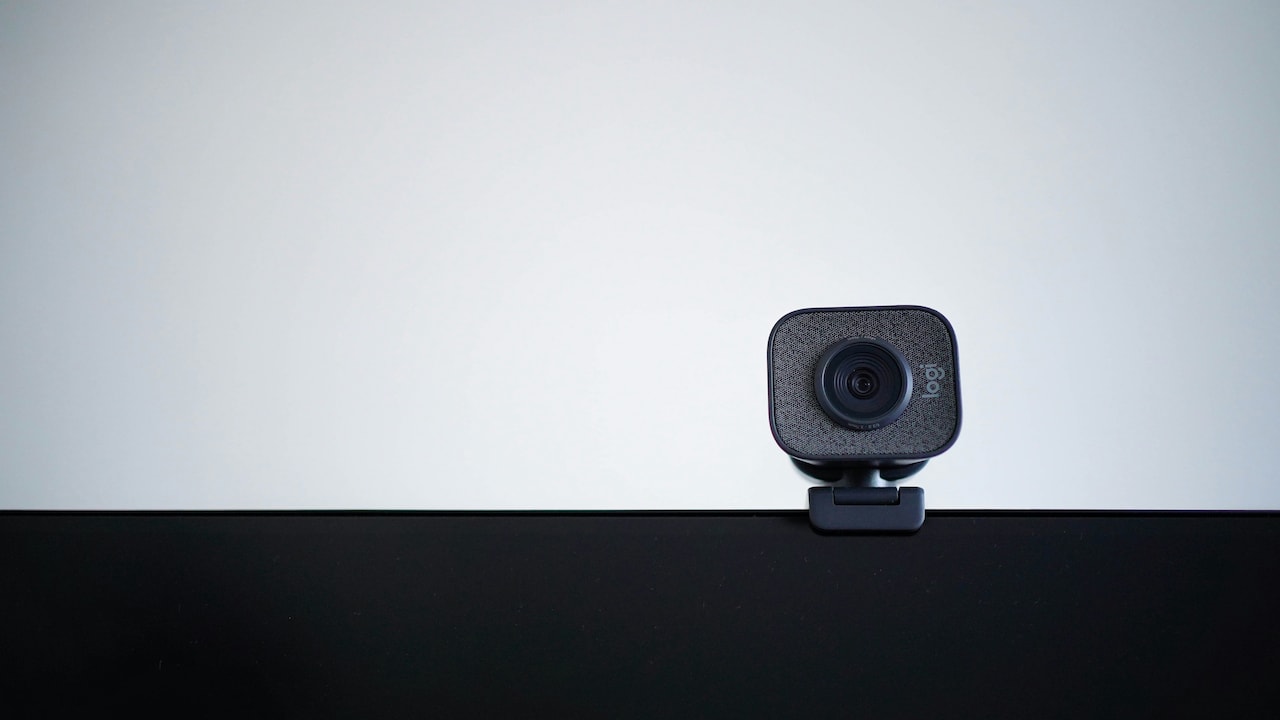
How To Choose The Best Webcam For Low Light And Check Top Picks From Lenovo, Logitech to BigPassport; Photo Credit: Unsplash
Key Factors To Consider When Choosing A Webcam For Low Light
1. Sensor Size – The Heart of the Image
When it comes to webcams, the sensor is the unsung hero. Think of it as the eye that captures light. A larger sensor can absorb more of it, leading to brighter, sharper images even in dim rooms. Many affordable webcams use tiny sensors that struggle after dusk, producing grainy or washed-out footage.
Look for a webcam with at least a 1/2.7” or 1/2.8” CMOS sensor, as these handle low light far better. Some premium models even feature back-illuminated sensors (BSI), which work wonders in dark environments.
If you've ever noticed how smartphone cameras have evolved to handle night shots better, it's largely due to improvements in sensor size and processing. A good webcam follows the same principle. The larger the sensor, the less you'll look like a pixelated ghost during evening calls.
2. Aperture Matters – Let the Light Flow In
Aperture, simply put, is the opening that lets light into the sensor. It's expressed as an “f-number”, the smaller the number, the wider the opening, and the more light the camera captures. For example, an f/2.0 lens performs better in low light than an f/2.8 one.
It's a bit like opening curtains on a gloomy day. Wider curtains (a lower f-number) allow more sunlight in, instantly brightening the room. Similarly, a webcam with a wider aperture gives you clearer visuals without needing a ring light or desk lamp aimed at your face.
So, when browsing through specs, don't overlook this tiny detail. A webcam with a good sensor and a wide aperture will give your face that soft, natural glow, even under a single tube light.
Also Read: Amazon Great Indian Festival Tech Specials: 5 Best Gaming Laptop Discounts This Season
3. Frame Rate vs. Exposure – Finding the Right Balance
Ever noticed your video flickering or looking choppy when the lights are dim? That's often because of a mismatch between frame rate and exposure time. In low light, webcams try to increase exposure to gather more light, but this can reduce the frame rate, causing lag or motion blur.
The trick lies in balance. A webcam that maintains a minimum of 30 frames per second (fps) in low light ensures smoother movement without sacrificing too much brightness. Some high-end webcams can adapt dynamically, reducing noise, adjusting exposure, and keeping your movements fluid, all in real time.
If you record tutorials or live streams, this balance is crucial. Smooth motion keeps viewers engaged, while proper exposure ensures you don't vanish into the shadows. It's a dance between light and motion, and the best webcams know the rhythm well.
4. Resolution Isn't Everything
Everyone loves big numbers, 1080p, 2K, 4K, they sound impressive. But resolution alone doesn't guarantee better low-light performance. In fact, cramming more pixels onto a small sensor can make things worse, as each pixel gets less light to work with.
For most users, a 1080p webcam with good low-light optimisation delivers far better results than a budget 4K one with a tiny sensor. Unless you're into professional streaming or video production, 1080p is more than enough.
It's like preferring a well-lit small room to a poorly lit mansion, clarity matters more than scale. Choose a webcam that's smart about light rather than just loud about pixels.
5. Automatic Light Correction – The Smart Touch
Technology can be your best friend when it knows what to fix. Automatic light correction is a handy feature that adjusts brightness, contrast, and colour balance on the fly. It's especially useful for late-night calls or dimly lit rooms.
Imagine you're sitting near a window during a cloudy afternoon, and suddenly the sun peeks out. A webcam with light correction quickly adapts, keeping your face naturally lit without overexposure.
Many models use HDR (High Dynamic Range) for this purpose. HDR combines multiple exposures to balance shadows and highlights, ensuring your background doesn't steal the spotlight.
When choosing a webcam, check if it offers intelligent light correction, it can make an ordinary camera perform like a professional one.
6. Built-In Microphone Quality – Because Sound Matters Too
While visuals grab attention, sound carries the conversation. A crystal-clear image won't save a muffled or noisy voice. Look for a webcam with dual noise-cancelling microphones, they capture audio cleanly while filtering out background sounds like ceiling fans or traffic.
This is especially valuable in busy homes or shared workspaces. A good webcam mic can eliminate the need for an external one, saving both space and money.
It's also worth checking if the mic pickup pattern is unidirectional (focused on your voice) or omnidirectional (captures sound from all around). The former is better for focused calls; the latter suits group settings.
When visuals and audio work in harmony, your presence feels natural, like a proper conversation, not a glitchy broadcast.
7. Low-Light Software Enhancements – The Secret Sauce
Some webcams come with software that enhances brightness and clarity without needing physical light adjustments. These programs use algorithms to reduce noise, balance tones, and sharpen features.
Brands like Logitech, AVerMedia, and Razer include proprietary software that gives you manual control over exposure, gain, and white balance. You can tweak settings until your image looks just right.
This is where mid-range webcams often outperform cheaper ones. The difference between an unflattering, grainy shot and a warm, professional-looking feed often comes down to how smart the software is.
If you enjoy fine-tuning visuals or creating a signature look for streams or video lessons, investing in a webcam with good software support is a clever move.
8. Mounting and Flexibility – Get the Right Angle
Good lighting isn't just about brightness; it's also about angles. Even the best webcam struggles if it's pointed from the wrong direction. A flexible mounting design lets you position the camera to catch the most flattering light, whether from a desk lamp or window.
Look for webcams with adjustable clips, 360° rotation, or tripod support. These little details make a big difference when you're trying to look professional in uneven lighting.
For example, placing the webcam slightly above eye level avoids harsh shadows and gives a confident, natural look. Think of it as setting your personal “light stage.” A flexible mount ensures you're always centre stage, never half-lit or off-frame.
9. Budget and Value – Spending Wisely
Webcam prices in India vary wildly, from basic models under ₹1,000 to professional setups costing ₹20,000 or more. The trick is to find that sweet spot where quality meets affordability.
For regular office calls and online classes, webcams between ₹3,000 and ₹6,000 usually offer a solid balance of performance and value. They often include HD resolution, automatic light correction, and decent microphones.
If you're into streaming or content creation, investing around ₹10,000 to ₹15,000 gets you premium features like HDR, adjustable settings, and excellent low-light sensors.
Remember, you're not just paying for specs, you're paying for reliability, clarity, and confidence during every call. Choose wisely, and your webcam will feel less like a gadget and more like a loyal digital companion.
10. Don't Forget Lighting Accessories
Even the best webcam can use a little help. A small LED ring light or clip-on lamp can dramatically improve your video quality. These accessories cost anywhere from ₹500 to ₹2,000 and can make a night-and-day difference.
If you're on a tight budget, even positioning yourself near a soft white light source, like a table lamp with a tissue diffuser, can do wonders. It's not always about expensive gear; it's about understanding how light behaves.
For those who work from home or attend late-night meetings, consistent lighting ensures you always look alert and composed. After all, professionalism shines best when you do, literally.
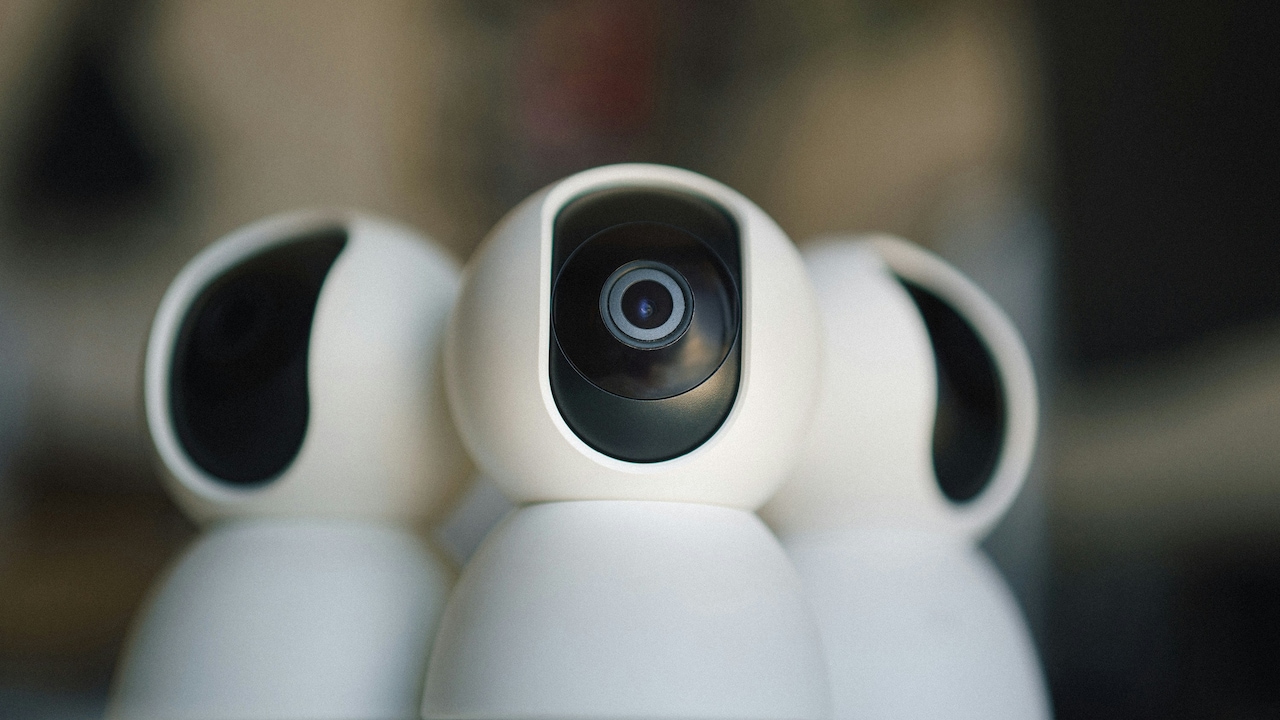
How To Choose The Best Webcam For Low Light
Photo Credit: Unsplash
Products Related To This Article
1. 1080P Webcam with Microphone
2. insta360 Link 2 - PTZ 4K Webcam for PC
3. Logitech C270 HD Web Camera
4. Lenovo FHD USB Webcam with Full Stereo Dual Built-in Mics
5. BigPassport 1080P Full HD Webcam with Mic
A great webcam doesn't just show your face; it captures your personality, expressions, and confidence, even when the lights are less than ideal. The secret lies in understanding the subtle interplay of sensor size, aperture, software, and lighting setup.
You don't need to spend a fortune to look good on screen. You just need to pick smartly, balance your setup, and add a touch of creative lighting. Whether you're hosting webinars, attending virtual interviews, or streaming content, the right webcam ensures that every pixel works in your favour.
So, the next time you find yourself glowing under the faint light of your study lamp, remember, with the right webcam, even the dimmest corner can become your spotlight.
Disclaimer: The images used in this article are for illustration purpose only. They may not be an exact representation of the products, categories and brands listed in this article.







